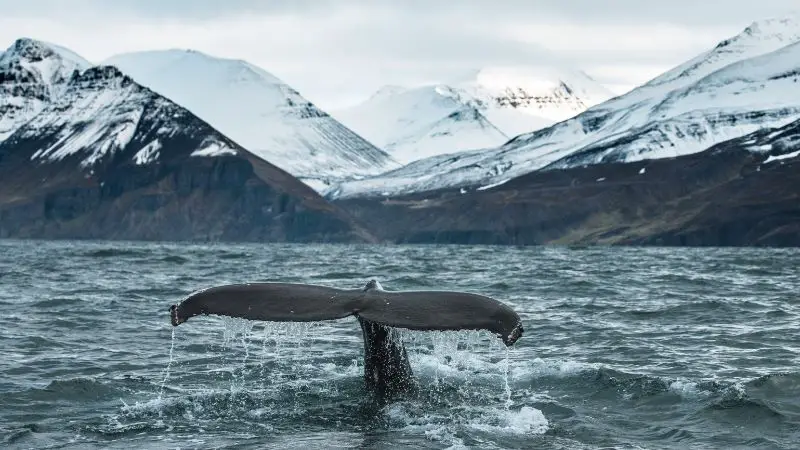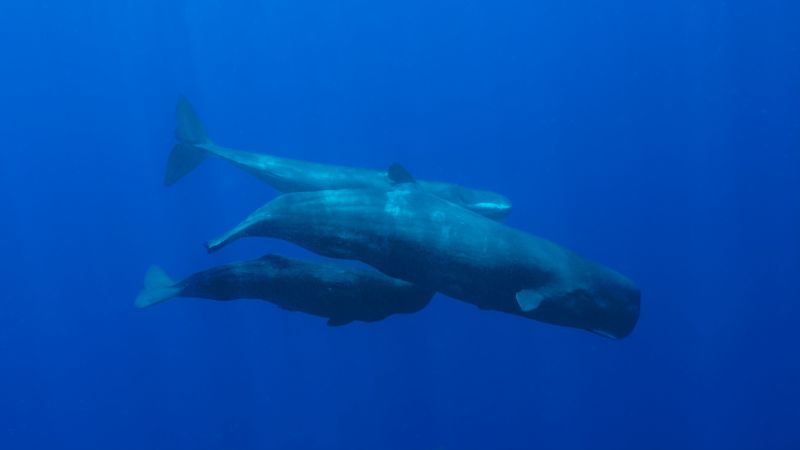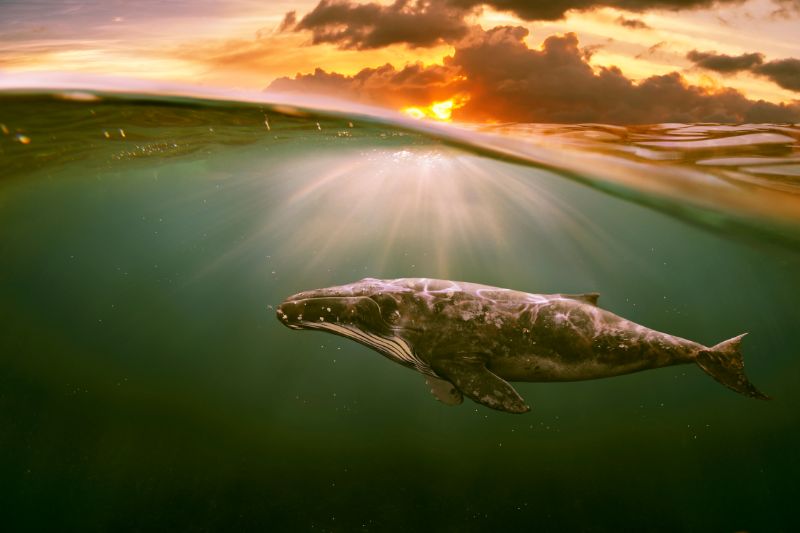Discover the Fascinating World of Whales: Exploring Different Types

Welcome to the captivating universe of whales! Delve into the rich diversity they present by exploring the main categories they fall into: Toothed (Odontoceti) and Baleen (Mysticeti) whales. Each group stands apart, with unique characteristics that are a marvel to discover.
Stunning Diversity of Toothed Whales

Odontoceti, better known as toothed whales, represent the most substantial contingent of whale species. Sporting teeth varying from just a couple to over 250, toothed whales are highly skilled hunters. Their diet includes an array of prey, like squid, large fish, and occasionally other whales. Due to less developed eyesight, they use echolocation for navigation and hunting, an adaptation that underscores their survival instinct.
Distinct Features of Toothed Whales
- They exhibit smaller builds compared to their baleen counterparts.
- The number of blowholes – Toothed whales only have one.
- The uniqueness of their heads – Unlike baleen whales, toothed whales’ heads display an asymmetrical structure.
Travel through the Enchanting Baleen Whales

On the flip side, meet the Mysticeti or the baleen whales. In contrast to their toothed relatives, these giants lack teeth. Instead, they have flexible and sieve-like baleen plates in their upper jaws. These plates act both as a filter and serving platter, trapping delectable morsels of plankton, tiny fish, and krill. These gentle giants don’t have echolocation but communicate with songs, building their intricate social networks.
Mysticeti’s Noteworthy Characteristics
- These giants hold the title of the largest mammals on earth, with the blue whale leading the pack.
- Contrary to toothed whales, baleen whales have two blowholes.
- Their heads are symmetrical, a feature that separates them from toothed whales.
The Colors of Odontoceti: Different Types of Whales
Diving deeper into the Odontoceti family, we find three distinct factions: Physeteridae, Kogiidae, and Zipihiidae. These families collectively encompass around 20 unique species, each having a storied existence in our oceans.
The majestic sperm whale, hailing from the Physeteridae family, stands tall as the largest toothed whale. The pygmy and dwarf sperm whales, intimate members of the Kogiidae family, offer more glimpses into uniqueness. The Zipihiidae, a collection of nearly 20 beaked whales, display a spectrum of species, some even sporting as few as 2 teeth.
See Related: The Mystique of Coy Fish: A Symbol of Beauty and Prosperity
Immerse in the Beauty of Mysticeti Species
The richest section of our oceanic journey, the Mysticeti group, albeit small, houses the most enormous whales on earth. Divided into families like Eschrichtiidae, Balaenopteridae, Balaenidae, and Neobalaenidae, the baleen whales have an array of spectacular species.
While the colossal blue whale often hogs the limelight, several other notable species abide under the baleen umbrella. The humpback, the gray whale, the fin whale, and the elusive Bryde’s whale all form part of this charismatic clan, reinforcing the fascinating variety of types of whales.
Related Resources: